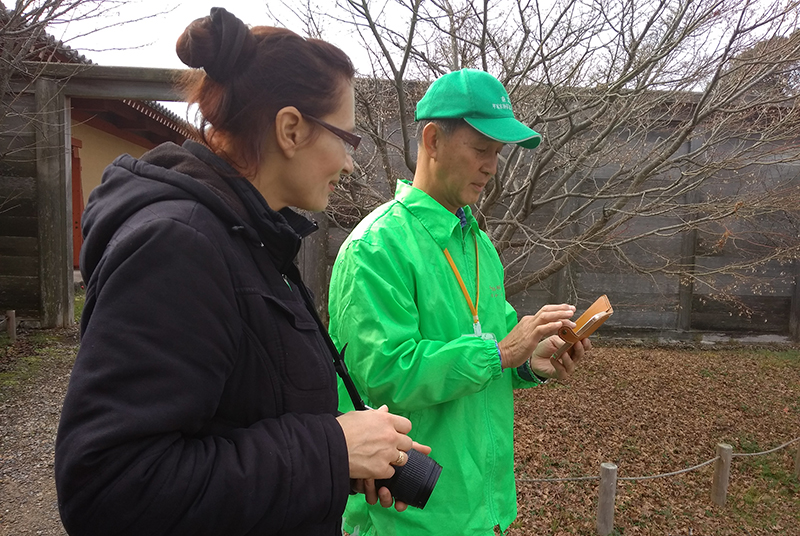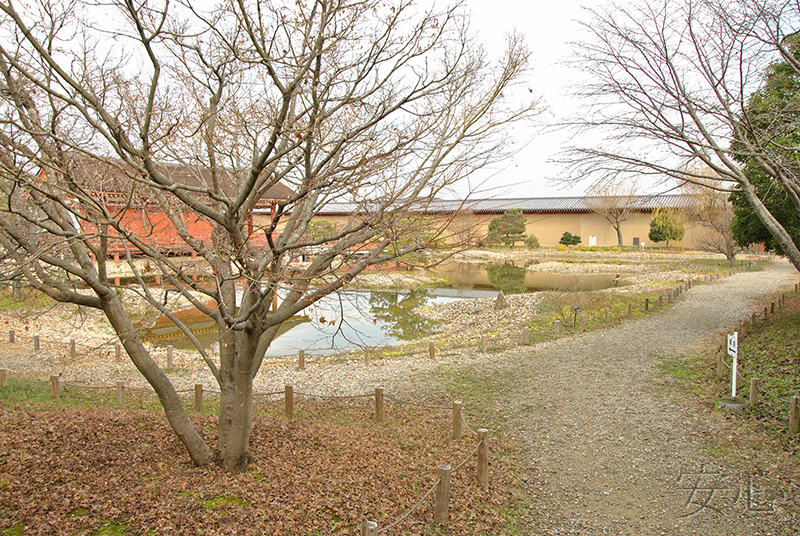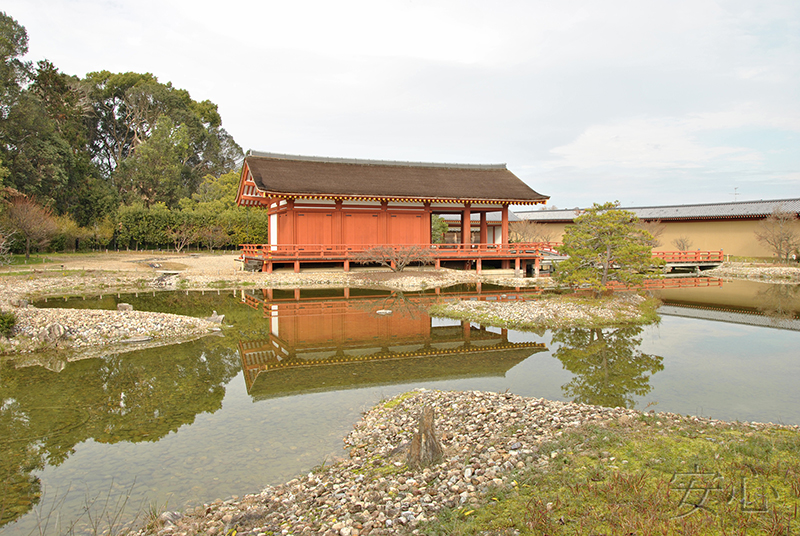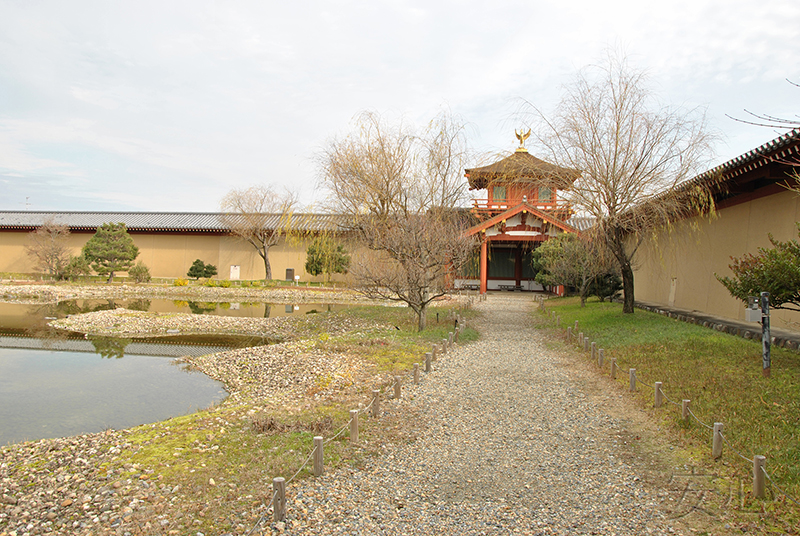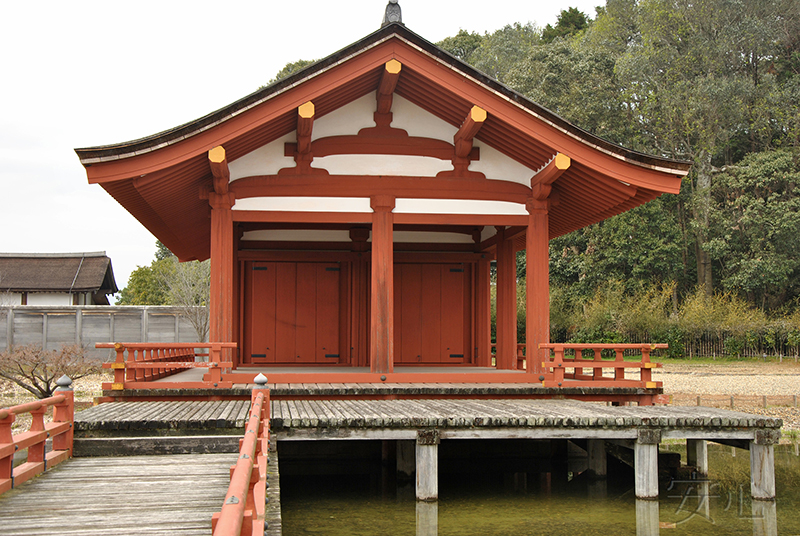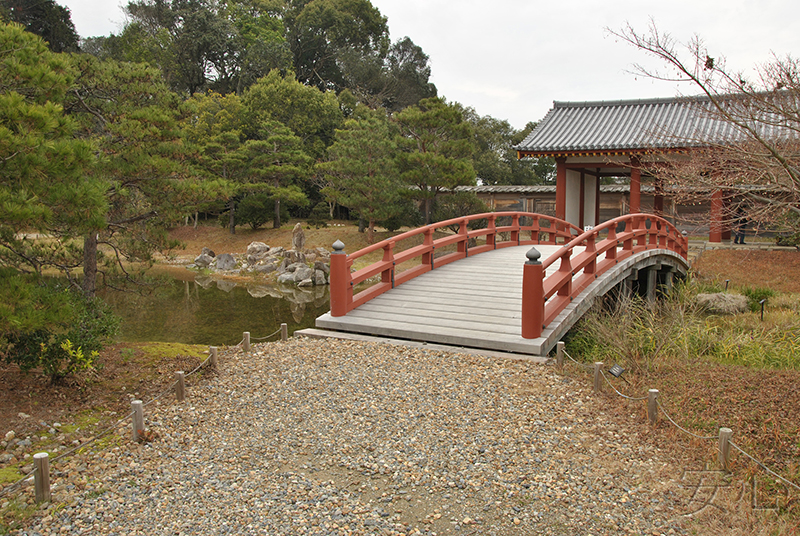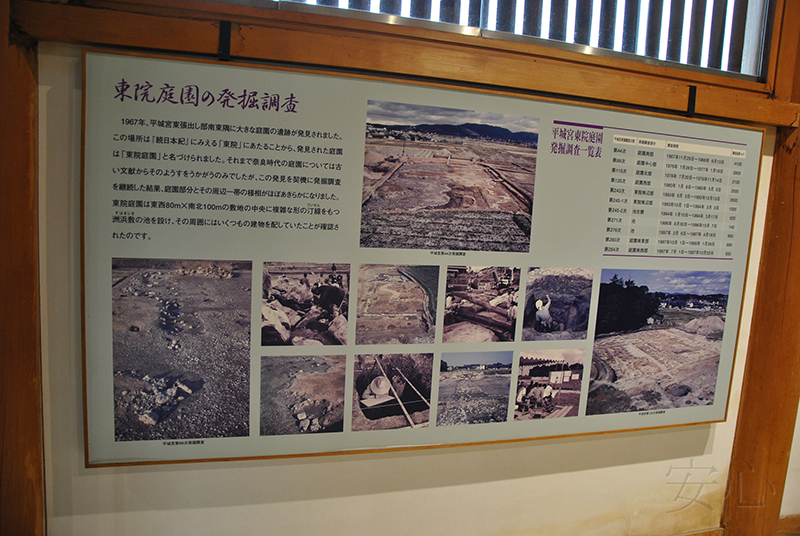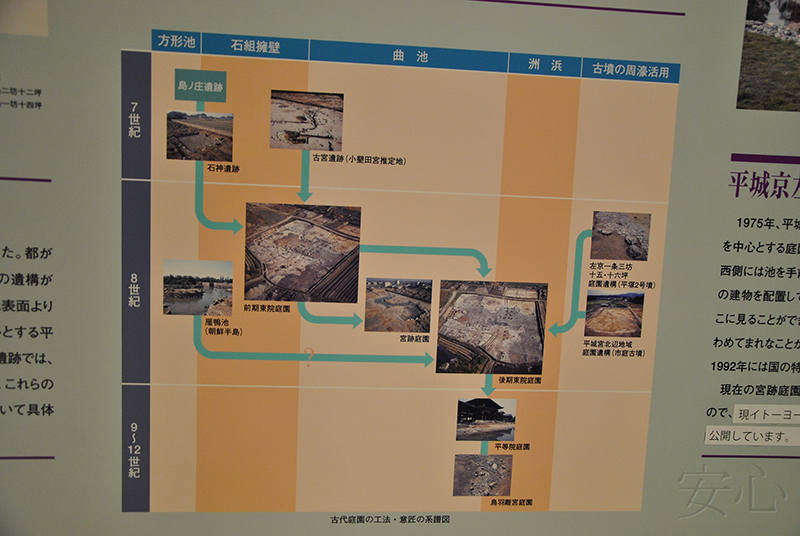
Toin Teien Garden, Nara
I think not everyone will be interested in this garden. But I've dreamed of getting here since I first saw the photos of Toin Teien. Mono no avare, “the sad charm of things,” is the most accurate characteristic for this place, although the concept itself arose later then garden.
Its creation dates back to 710-784 AD, when Nara was the capital. The city itself was modeled on the ancient capital of China, Changyan. It stretches six kilometers from west to east and five kilometers from north to south. The Nara Palace occupied an area of one square kilometer and was located in the center of the northern part of the city.
The garden was discovered by archaeologists in 1967 and reconstructed in 1998. It was named the East Palace Garden (Toin Teien). Excavations have shown that the garden was first created in the Chinese style, and at the end of the Nara period it was rebuilt into Japanese style.
The first thing we saw was a double wooden fence. We needed to enter through the openings in the fence.
Admission is free. As soon as we entered the garden, a garden employee came up to us. He did not know a word of English, but he really wanted to tell us something. The Japanese took out his phone and through an interpreter wrote in Russian: "This is the first real Japanese garden." Then he asked to wait, and after a while he handed us the brochures in English. He said that, unfortunately, they don't have in Russian ))
The garden area seems to be quite impressive. Although this impression is probably created due to the large open space. There are not many buildings here, tall trees are concentrated mainly along the perimeter, the main accent is a pond with bizarre outlines. In the center, overhanging the water, rises a bright, elongated pavilion. Here the guests of the emperor gathered for entertainment and fun. It is noteworthy that the pavilion has no windows, and you could admire the garden by opening numerous doors or going out onto the terrace.
In one corner of the garden is the Phoenix Pavilion. Like other buildings, it is painted in red and has a golden Phoenix on the roof.
The pond itself is shallow, the bottom is covered by large pebbles. In the center of the lake there is a small island with two pine trees.
Walking around the central pavilion, we saw a deck attached to the terrace. Then it turns into a long bridge hanging over the pond. All fences are also red and it is not allowed to enter the bridge.
There is a small stairs on the other side of the deck. Perhaps it was used for fishing.
After going a little further, we saw another bridge, but it was no straight, but humped.
To the left of bridge, on the shore of the lake, we found a group of stones. Unfortunately, I didn't find any information about meaning of this group.
There is an open gazebo behind the bridge.
We visited this garden in winter when the perennials were cut and most of the trees were without foliage. However, there were signs everywhere, letting you know what was growing here.
We were impressed by the massive gates located in the fence on the opposite side from the entrance. It felt like "Portal to antiquity".
A winding stream flows into the pond. During poetry competitions, a cup of sake was floating down the stream. Each participant had to finish the poem before the cup floated to him. If he didn’t come up with it, he let the cup floated on.
The stream is shallow and the staff decorate it with camellia flowers.
There are a couple of wooden bridges, one is at the beginning, the other is at the end.
From the side where the stream is located, you can approach the central pavilion and take a good look at individual details.
For those interested in excavation, there is a photo exhibition at the entrance. Unfortunately, the descriptions are all in Japanese only.
In the brochure we were given there was a plan, but not a garden, but the entire palace complex - Heijo-kyu.
And only one small photo of the garden from above can be considered as a plan.
We loved this place. And, despite the fact that this is a reconstruction, the spirit of the times is really felt here. And also, either from the drizzling rain, or from the absence of people, but already at the entrance we both were seized by some kind of joyful and melancholy feeling, a feeling of spaciousness, air, beauty, loneliness and sadness. It is difficult to describe in words, you need to experience it yourself. Therefore, if you are ever in Nara, stop by this wonderful garden.
Garden Information:
Address: Sakicho, Nara, Nara Prefecture 630-8577
Opening hours: from 9 a.m. to 4.30 p.m. (entrance until 4.00 p.m.)
Closed: Mondays (if Monday is a national holiday, the garden closes on the following Tuesday), closed on New Year's holidays
anshin©2011All rights reserved. When using the materials of the site, reference is obligatory.
Proposals for co-operation, as well as comments and suggestions on the site please send to the address: anshinsad@gmail.comtel: +7 (965) 121-80-60, 10am-20pm


